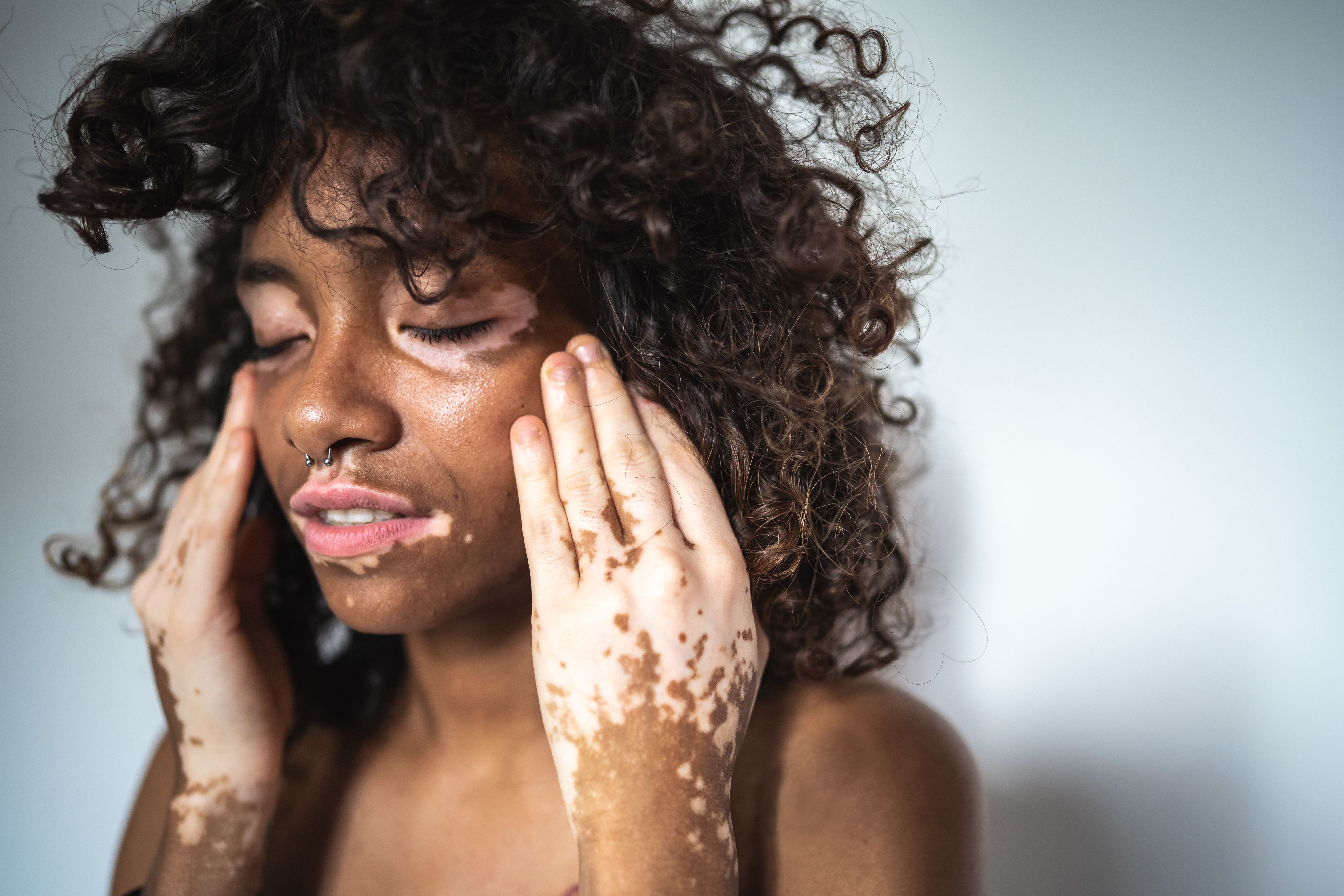- Acne
- Actinic Keratosis
- Aesthetics
- Alopecia
- Atopic Dermatitis
- Buy-and-Bill
- COVID-19
- Case-Based Roundtable
- Chronic Hand Eczema
- Chronic Spontaneous Urticaria
- Drug Watch
- Eczema
- General Dermatology
- Hidradenitis Suppurativa
- Melasma
- NP and PA
- Pediatric Dermatology
- Pigmentary Disorders
- Practice Management
- Precision Medicine and Biologics
- Prurigo Nodularis
- Psoriasis
- Psoriatic Arthritis
- Rare Disease
- Rosacea
- Skin Cancer
- Vitiligo
- Wound Care
News
Article
Lower Quality of Life, Higher Levels of Anxiety and Depression Noted in Patients with Alopecia Versus Vitiligo
Author(s):
Researchers compared the quality of life, anxiety, depression, sleep disturbance, and other associated factors between patients with alopecia areata and vitiligo.
When comparing the overall quality of life (QoL), levels of anxiety and depression, sleep disturbances, and other associated factors between patients with alopecia areata (AA) and patients with vitiligo, researchers found that patients with AA experience lower overall QoL and higher levels of anxiety and depression. However, they noted no major differences between sleep quality and sleep disturbances experienced by patients with both conditions.
According to the study, published in the Journal of Cosmetic Dermatology, researchers Ghalamkarpour et al sought to compare these factors among patients with both conditions, given the similarities and differences in these conditions respective to factors such as mental, emotional, and social well-being.
Patients with either an AA or vitiligo diagnosis (n=188) were recruited at an outpatient dermatology clinic between November 2017 and December 2020. Participants were required to be at least 14 years of age. In total, 94 patients with vitiligo and 94 patients with AA were recruited.
Researchers asked patients to complete a series of questionnaires, including the dermatology life quality index (DLQI), hospital anxiety and depression scale (HADS), and Pittsburgh sleep quality index (PSQI).
In the DLQI questionnaire, patients were asked about symptoms and feelings, daily activities, leisure time, work and school, personal relationships, and treatment.
The HADS questionnaire inquired of patients' levels of anxiety and depression, while the PSQI questionnaire collected data relevant to patients' sleep quality, sleep latency, sleep duration, habitual sleep efficiency, sleep disturbances, use of sleeping medication, and daytime dysfunction.
Researchers found that the QoL median score was moderately impaired in both groups, with a significantly lower QoL observed in patients with AA compared to patients with vitiligo.
Employed patients in both groups exhibited better QoL, and higher education levels were associated with better QoL, though this was significant only in the vitiligo group.
Age showed a negative correlation with the DLQI, but it was not statistically significant. Gender, marital status, disease duration, and history of other diseases did not significantly affect QoL.
Regarding anxiety and depression, patients with AA had higher average depression and anxiety scores compared to patients with vitiligo. Employed patients with AA also showed higher depression and anxiety scores (p-value: 0.027 for depression and 0.031 for anxiety).
However, there was no significant correlation between age, gender, marital status, disease duration, and history of other diseases with depression/anxiety scores.
In terms of sleep disturbance, it was observed in 64.9% of patients with AA and 59.3% of patients with vitiligo, with no statistically significant difference between the two groups. Additionally, no associations were found between various demographic and clinical factors and sleep disturbance.
"According to our knowledge, this is the first study that compares all these three factors in AA and vitiligo patients. Our data revealed that AA patients not only had a lower QoL but also were at a higher risk of anxiety and depression compared to vitiligo patients," wrote Ghalamkarpour et al. "There were some limitations in our study. We did not classify the patients according to the severity of the disease or age range. Further studies with the classification of age range and disease severity will lead to more precise results. We suggest additional studies with larger sample sizes and closer age range."
Reference
Ghalamkarpour F, Araghi F, Tabari M, Moslemi Haghighi S, Pourgholi E. Comparing quality of life, anxiety, depression, sleep disturbance, and associated factors in vitiligo and alopecia areata patients. J Cosmet Dermatol. Published online January 3, 2024. doi:10.1111/jocd.16158
Newsletter
Like what you’re reading? Subscribe to Dermatology Times for weekly updates on therapies, innovations, and real-world practice tips.
















